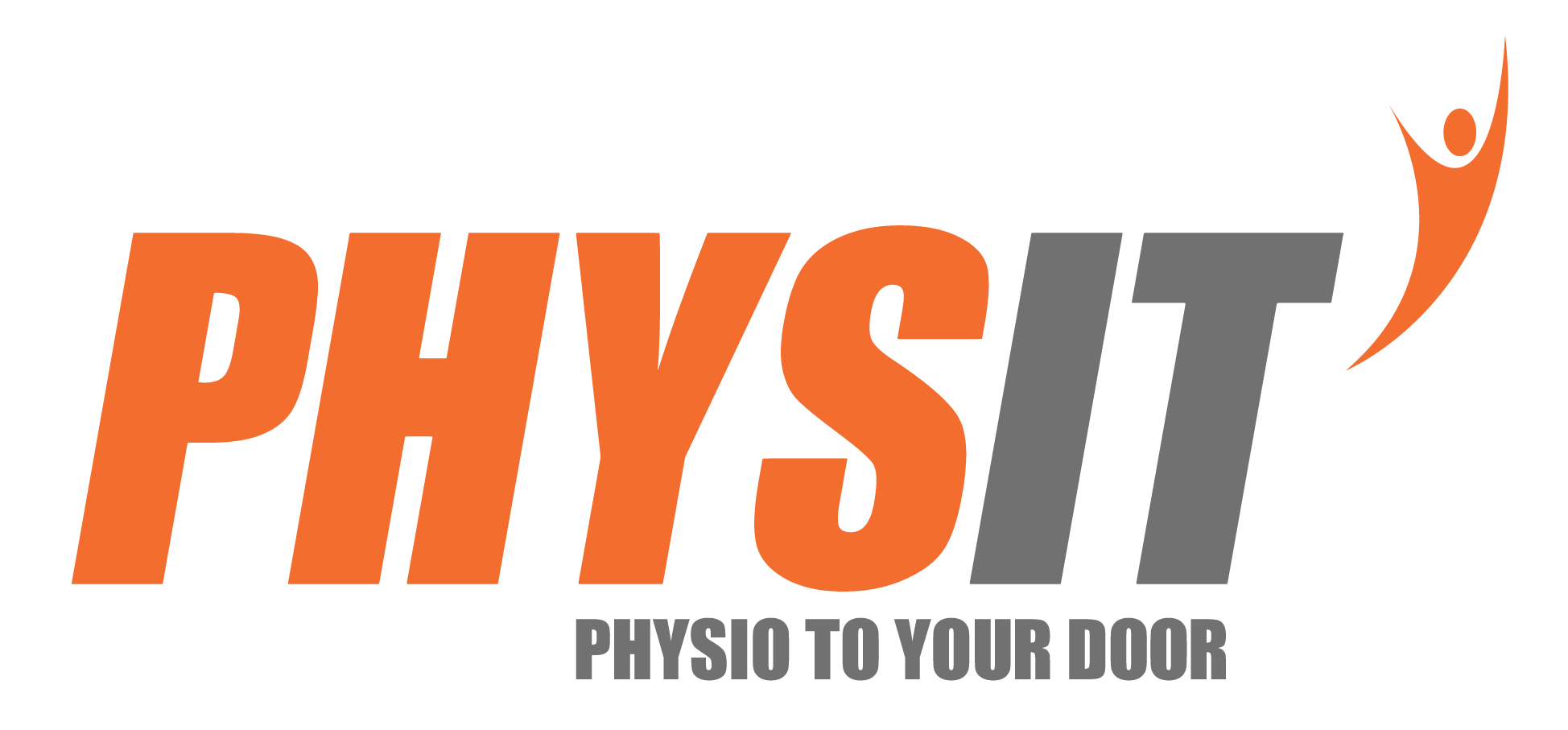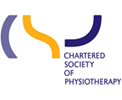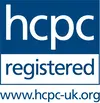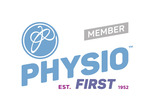Many of us who have experienced an injury throughout our lives (and I am sure there are not too many exceptions here!!) are found searching for the right advice and treatment still to find that there are questions that remain unanswered when it comes to Physiotherapy and what to expect:
- WHAT have I damaged? WHY?
- WHEN will I be better? Is it serious?
- WHO is the right person to get me back to work/sport or just normal daily activities without pain?
- HOW do I prevent this from happening again?
What you should expect from Physiotherapy:
- WHAT/WHY: It might sound simple but a clear explanation of what anatomical structures have been affected or damaged – I always find diagrams helpful. Get out your pens, plastic models and anatomy books! We want to empower you, the patient with as much knowledge as possible. If you have a clear vision of your injury and what structures are involved it will aide your process of healing! You might also have underlying issues that have created the injury i.e. poor posture or imbalanced body movements. Physios should help you understand in order for you to make better informed health choices.
- WHEN: Physios tend to grade the injury! Our clients need to know what degree of injury they have. There is much evidence to support soft tissue and bony healing times, so we arm our patients with what is expected in terms of length of healing times. It should be realistic and honest – a minor sprain of the ankle can take 7-10days whilst a frozen shoulder can take 12-18months.
- WHO: I cannot speak for other professions but I can tell you what your PHYSIO should be doing for you. There are specialist physios in certain areas of the body so don’t be afraid to ask
- Assessment – a detailed series of questions before any hands are lain on. We listen carefully to responses in order to gain the best possible picture of your past medical history, how the injury occurred, how long the symptoms have been there, what limitations you might have, what treatment you have had in the past and so on. Explanation of the problem you have after a detailed physical examination of the area/s involved (this may include special tests to exclude/include certain things)
- Diagnosis – It is important you have clear picture of what is wrong, what treatment we are able to offer and how long your injury will take to heal or recover from
- Treatment – this may involve a number of different things. No two physios ever treat the same but it would be fair to say that you should expect “hands on” treatment in most cases – we should never underestimate the power of” human touch”. Physios also use massage, acupuncture, ultrasound, interferential, laser, muscle energy techniques, joint mobilisation
- Exercises/rehabilitation programme – in a nut shell, it’s good to give you something to work on between treatment sessions. We need to give you sound, structured goals and make the exercises uncomplicated and specific to your needs.
- HOW – Again, I can’t stress the education model enough. We should equip you, the patient with the tools not only for recovery, but help and support your understanding to future injury prevention. It’s all about EMPOWERMENT and providing CONFIDENCE in the majority of injuries.






